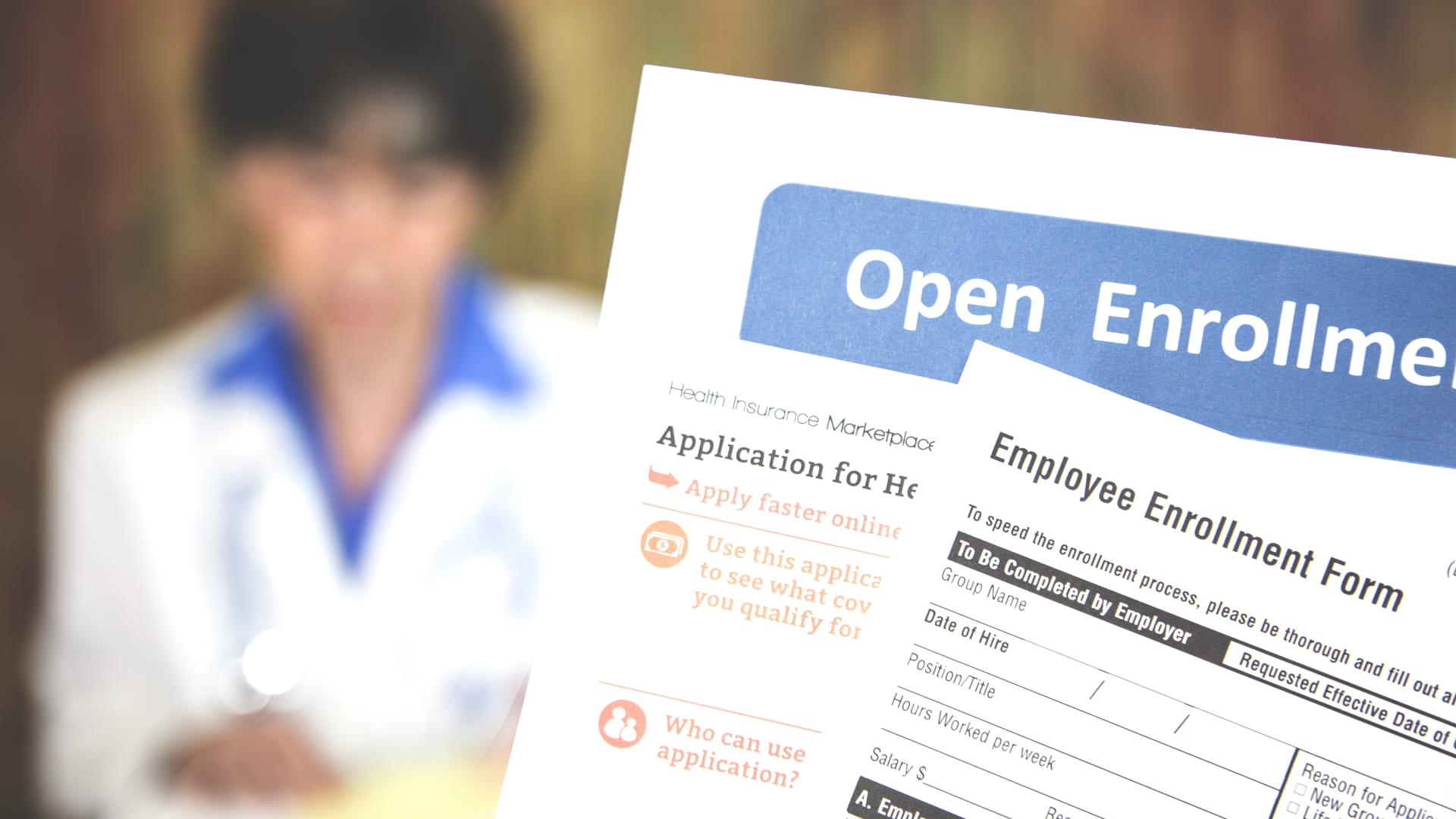Why Self-Employed Americans Can’t Afford to Skip Open Enrollment

The open enrollment period can be a worrying time for self-employed people.
The stakes are all the more important because if you have to take out individual or family coverage, the next few weeks could be your only chance for 2024, with certain exceptions such as moving to another state, getting married, divorced or having a child.
“For most people, the nationwide open enrollment period for individual and family coverage is your best chance to review your options and enroll in a new plan,” explained Anthony Lopez, vice president of individual, family and small business plans at eHealth, a private company. online marketplace for health insurance, in an email.
Choosing health insurance on your own – without the help of a human resources department – can be intimidating. Instead of giving up in frustration, here are answers to questions self-employed people often have about open enrollment.
Healthcare.gov and other information options
Freelancers, consultants, independent contractors and other self-employed workers can visit www.healthcare.gov to find and enroll in flexible, high-quality health coverage, either through the federal government or through their State, depending on where they live. You can also choose to work directly with an insurance agent or with a private online marketplace to help you navigate your options. To be considered self-employed, no one can work for you. If you have even one employee, you may be able to use SHOP Marketplace for small businesses.
Deadlines you must meet
Most states set a Dec. 15 deadline for coverage that begins Jan. 1, so don’t delay signing up for benefits, said Alexa Irish, co-chief executive of Catch, which helps self-employed people choose health care . -care plans. Also, remember to pay your first monthly premium before your health care begins, or you’ll be out of luck as well. “If you don’t meet these deadlines, you have no room to maneuver,” said Laura Speyer, co-CEO of Catch.
If you are already signed up for a Marketplace plan
Those who were already enrolled in a plan last year can make changes before Dec. 15 for coverage that begins Jan. 1. Doing nothing will mean they are automatically re-enrolled in last year’s market plan.
Be eligible for tax credits and other savings
Many people think they won’t qualify for savings, but they should still explore their options, Irish said. Indeed, 91% of total marketplace enrollees received an advance premium tax credit in February 2023, reducing their monthly health insurance payment, according to data from the Centers for Medicare & Medicaid Services, a federal agency of the U.S. Department of Health and Human Services. .
Credits and other eligible savings are available based on the applicant’s income and household size and can be estimated before they even formally apply. It’s a good idea to check for savings opportunities every year, Irish said.
Things to consider when making coverage decisions
The thought process will be similar to the one you followed when choosing employer-based health insurance. Whether you’re signing up for the first time or deciding to renew your existing plan or choose a different one, you’ll need to consider factors like which family members need the coverage and for what purposes, as well as the comparison of the different plans. in terms of coverage options and cost. This analysis should take into account co-pays, prescription drugs you are taking or might start taking, whether the plan covers your doctors, and out-of-pocket maximums.
If you are self-employed and want to expand your business in the coming year, possibly by hiring employees, it’s good to know that you can sign up for a small business plan at any time of the year, Lopez said. “Small business group plans are not governed by the same open enrollment rules as individual and family plans. So you can join an individual plan today and then move to a group plan in mid-2024 if you add a few employees and want to provide them with health benefits,” he said.
How much does health insurance cost for the self-employed?
The cost varies depending on the plan you choose, who is covered, and what subsidies you qualify for. But, as a guide, the average total monthly premium before tax subsidies in February 2023 was $604.78. The average total premium paid per month by consumers after tax subsidies was $123.69, according to the Centers for Medicare & Medicaid Services.
Self-employed individuals may also be eligible for a cost-sharing reduction, a reduction that reduces the amount paid for deductibles, copayments, and coinsurance. You’ll find out what you’re eligible for when you fill out a Marketplace application, but keep in mind that you must enroll in a “Silver” plan, one of four categories of Marketplace plans, to qualify. reduction in cost sharing.
Browse policy options, work with an agent
You don’t have to go through the process alone. There are marketplace-trained and certified assistants to help you apply and register. If you want more specific help, you can also choose to work with an agent or broker trained and certified to sell health plans on the marketplace in the state where they are licensed. Agents can advise you and give you more detailed information about the plans they sell, and because health insurance premiums are regulated by your state’s insurance department, you don’t have to worry about paying more by working with an agent.
A few things to note: Some agents may offer other plans that are not available on government exchanges, but meet government requirements. However, to take advantage of a premium tax credit and other savings, you must enroll in a plan through a state or federal marketplace, either on your own or through an agent.
The Risk and Reward of High-Deductible Plans
The marketplaces offer several plans to choose from and they vary in coverage and price. One option that is becoming increasingly popular, especially among young entrepreneurs, is called a high-deductible health insurance plan. This type of insurance plan has higher deductibles in exchange for lower premiums, which could be a good choice for people who are healthy and don’t visit the doctor infrequently. Another benefit of a qualified high-deductible plan is the ability to contribute to a tax-advantaged savings vehicle known as a health savings account, or HSA.
When deciding whether or not to choose a high-deductible plan, individuals should consider factors such as how often they see the doctor, how much they can afford to pay out of pocket, whether their doctors are part of a network and the amount of their expenses. pocket maximums are. It’s also important to know that you have the means to cover a costly medical event, should the need arise. If a high-deductible plan is right for your situation, then you may want to consider an HSA.
Lopez recommends that people don’t delay looking into their coverage options, which may also include dental and vision insurance. “The last week or so of open enrollment can also be a busy time for licensed agents; if you want the best chance to speak with an agent to get your personal questions answered, don’t delay.”
Don’t miss these stories from CNBC PRO:
cnbctv18-forexlive




